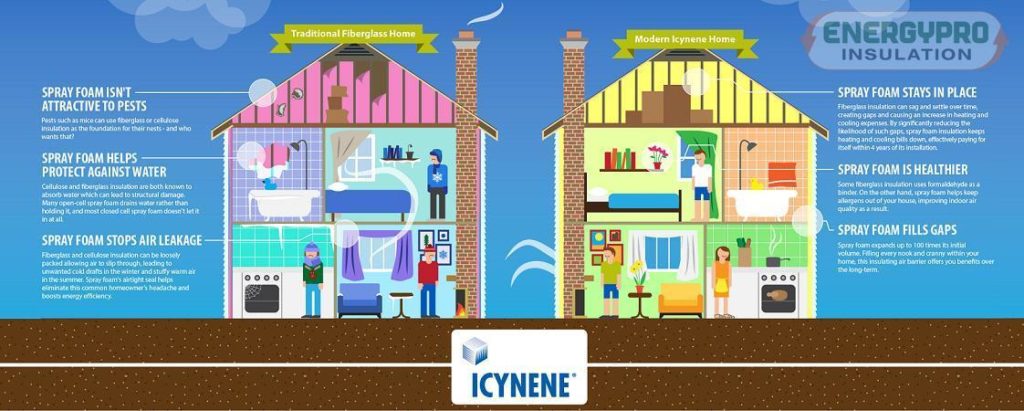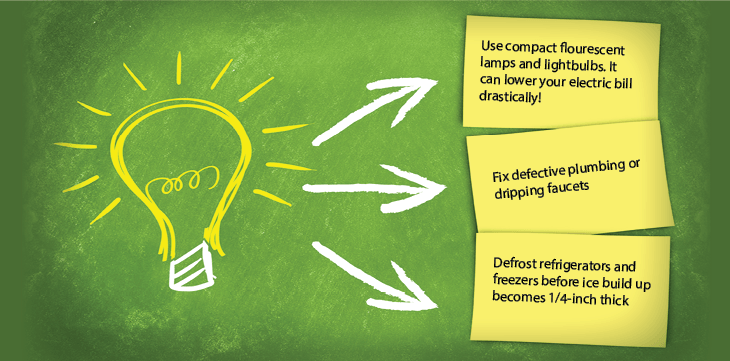Fiberglass insulation is significantly cheaper than spray foam insulation, but it is also less effective, especially in extremely cold conditions. Used in roughly 85% of American homes, fiberglass insulation is the most common form of home insulation. Spray foam insulation has less market share but is increasing in popularity. Professional installation is required for spray foam insulation, but fiberglass insulation can often be installed by homeowners themselves.
Imagine a draft free energy-efficient home. Spray foam expands up to 100 times its original size to fill every corner of a building’s envelope for thermal insulation and air sealing. With traditional insulation, spaces and gaps in homes that aren’t filled can leak enough air everyday to fill two air blimps!

The composition of fiberglass insulation does not stop air from passing through it. On average, more than 30% of heat or air conditioning escapes where fiberglass insulation is installed. If poorly installed, fiberglass can also leave spaces around fixtures, allowing even more heating or cooling to escape.
Spray Foam insulation fills all spaces, preventing air from escaping. It acts as an air barrier. Like cellulose insulation, Spray Foam insulation is significantly more efficient than fiberglass and has a higher R-value.




